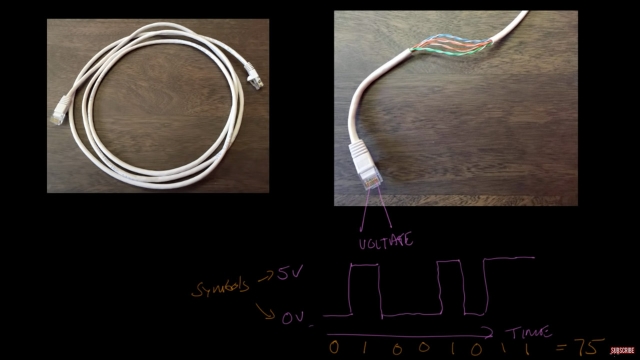
Why is a Chirp Signal used in Radar?
Gives an intuitive explanation of why the Chirp signal is a good compromise between an impulse waveform and a sinusoidal pulse waveform for radar.
See MoreSystem Identification: DMD Control Example
This lecture gives a Matlab example of dynamic mode decomposition with control (DMDc) for full-state system identification.
See MoreRobust Control, Part 4: Working with Parameter Uncertainty
The previous two videos showed a few different ways to quantify how robust a system is to model and plant uncertainty by looking at how much input and output variation it can handle before...
See MoreProjectile Motion Practice Problems
In this video, practice along questions on an important topic of Kinematics i.e Projectile Motion. Practicing would help you remember the concepts and also understand them better.
See MoreIntroduction to Linear Quadratic Regulator (LQR) Control
In this video we introduce the linear quadratic regulator (LQR) controller. We show that an LQR controller is a full state feedback controller where the gain matrix K is computed by solving...
See MorePeter Ponders PID - Introduction
The purpose of this video is to inform the viewer about what to expect. My videos go much deeper than the typical videos. They are geared for graduate st...
See MoreExtremum Seeking Control Applications
This lecture highlights some of the many applications of extremum-seeking control (ESC) performed by Steve Brunton and collaborators.
See MoreWind Tunnel Corrections and Data Reduction
This is the second of our 3 part series on wind tunnel testing. In this video, we discuss 11 different corrections and data reduction processes that are applied to raw wind tunnel data to...
See MoreWhy Padé Approximations Are Great! | Control Systems in Practice
Watch an introduction to Padé approximations. Learn what Padé approximations are and how to calculate them, why they are important, and when to use them—specifically in the context of time...
See MoreControl Bootcamp: Limitations on Robustness
This video describes some of the fundamental limitations of robustness, including time delays and right-half plane zeros.
See MoreUnderstanding the Discrete Fourier Transform and the FFT
The discrete Fourier transform (DFT) transforms discrete time-domain signals into the frequency domain. The most efficient way to compute the DFT is using a fast Fourier transform (FFT)...
See MoreSystem Identification: Sparse Nonlinear Models with Control
This lecture explores an extension of the sparse identification of nonlinear dynamics (SINDy) algorithm to include inputs and control. The resulting SINDY with control (SINDYc) can be used...
See MoreSystems Engineering, Part 2: Towards a Model-Based Approach
The role of systems engineering is to help find and maintain a balance between the stakeholder needs, the management needs, and the engineering needs of a project. So we can think of it as...
See MoreUnderstanding Control Systems (Playlist)
Learn the basic concepts behind controls systems. Walk through everyday examples that outline fundamental ideas, and explore open-loop and feedback control systems. These videos explore open...
See MoreWhat Is a Control System and Why Should I Care? (Part 1)
This video is the first of a two part series. It in introduces the basic concepts of feedback with lots of visual examples. The idea is to show that not only are these principles...
See MoreControlling Robotic Swarms
Come with me to the Robotics, Aerospace, and Information Networks lab at the University of Washington to learn the basics of swarm robotics. Find out how simple distributed algorithms can...
See MoreIntro to Data Science: What is Data Science?
This lecture provides an overview of the various components of data science, including data collection, cleaning, and curation, along with visualization, analysis, and machine learning (i.e...
See MoreData-Driven Control: Linear System Identification
Overview lecture on linear system identification and model reduction. This lecture discusses how we obtain reduced-order models from data that optimally capture input--output dynamics.
See MoreSo You Want to be a Systems Engineer
A presentation by Gentry Lee on what qualities and characteristics make a great systems engineer. At the time of the presentation, Gentry Lee was the Chief Engineer for the Solar System...
See MoreHow Antennas Work
Antennas constitute as a major component in various communication systems, signal transmission and many others. It is important to understand how they work and create propagating waves in...
See MoreLinearizing Around a Fixed Point [Control Bootcamp]
This lecture describes how to obtain linear system of equations for a nonlinear system by linearizing about a fixed point. This is worked out for the simple pendulum "by-hand" and in...
See MoreSending digital information over a wire | Networking tutorial (1 of 13)
This video lecture is the beginning of an exploration of computer networking with the basics of sending digital information with a copper wire.
Bridging the Gap: Using Real World Problems to Unveil Deep Control Principle...
This is a plenary lecture given at the 2020 IEEE Conference on Control Systems Technology, Montreal, Canada, August 24-26, 2020. There is no paper, but this is the video of the talk.
See MoreRobotic Car - A Simple Way to Build a Model
You don't always have to work out the math in order to build up a model of your system. Sometimes generating a model is as easy as running a simple test and inspecting the results. I show...
See MoreControl System Lectures - Bode Plots, Introduction
This lecture is an introduction to frequency response methods, and in particular describes the Bode plot. I go through how it is generated and why we use it to visualize the frequency...
See More
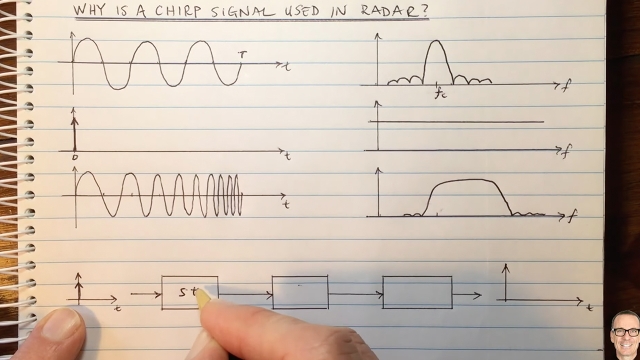
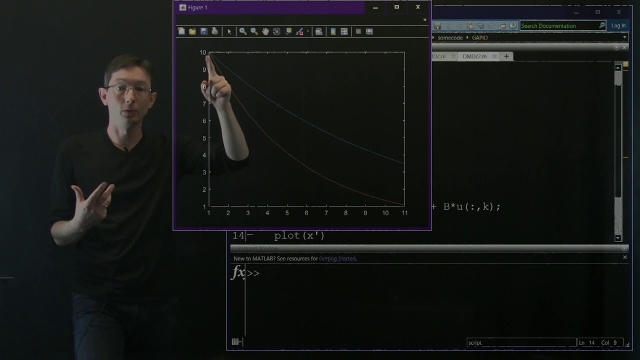

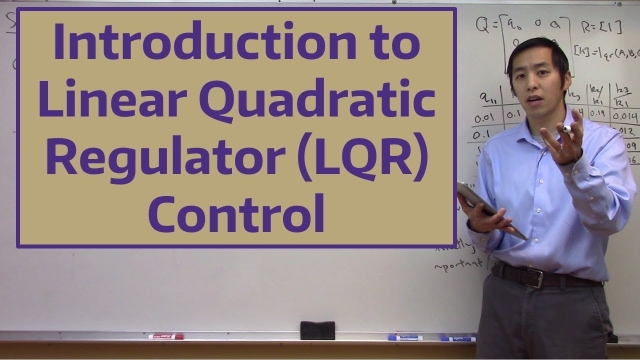


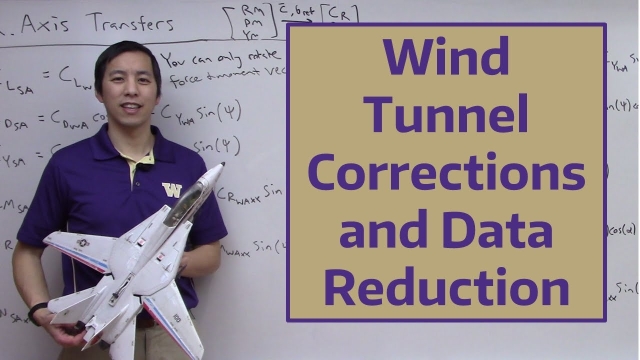
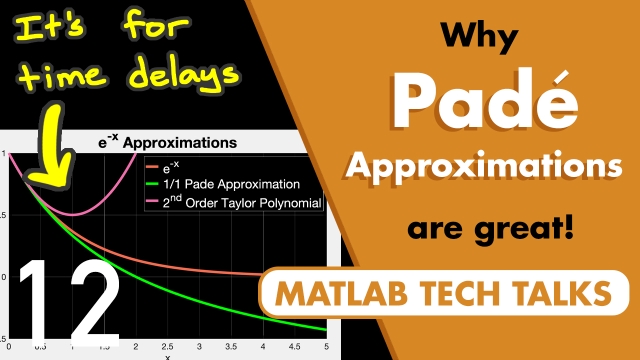



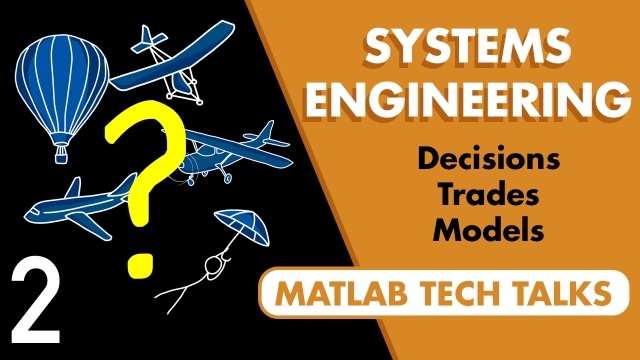
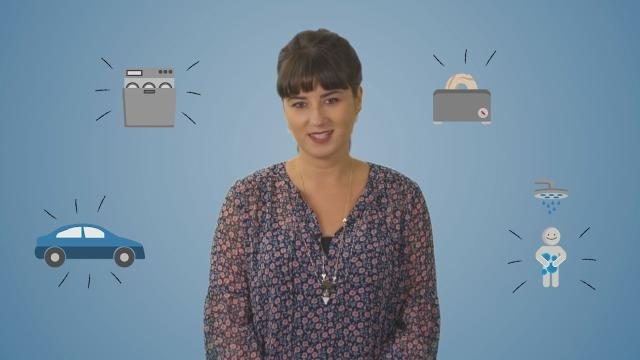

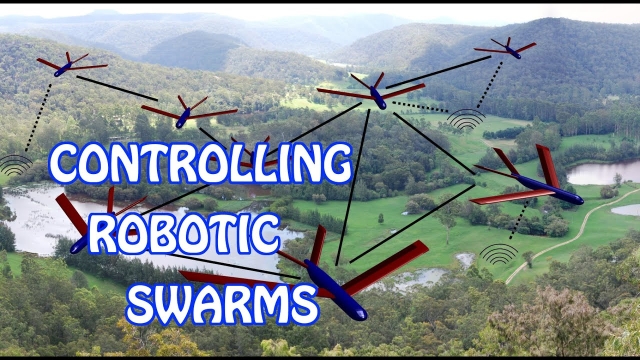
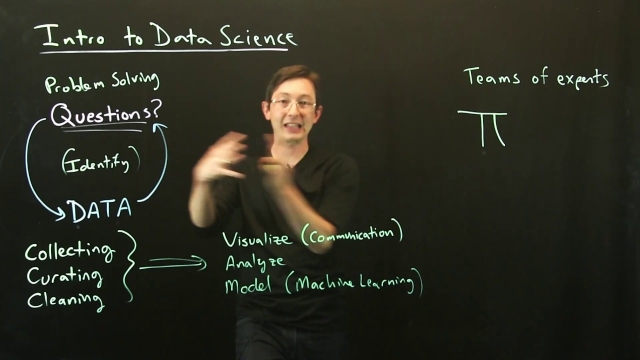
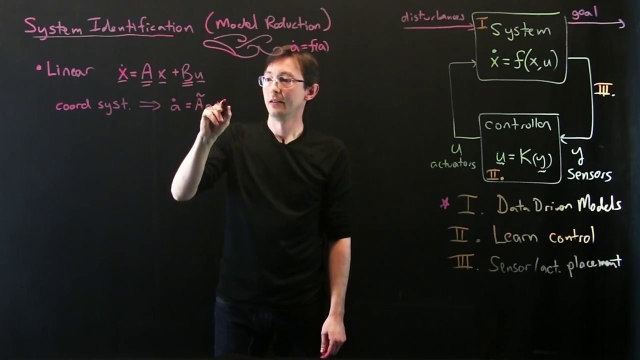
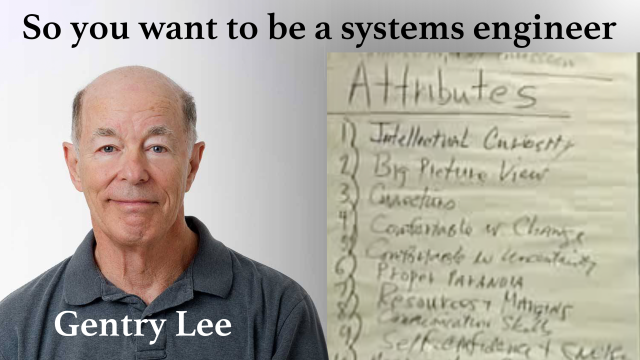
![Linearizing Around a Fixed Point [Control Bootcamp] Linearizing Around a Fixed Point [Control Bootcamp]](/sites/default/files/styles/search_resulkts/public/2020-12/maxresdefault_442.jpg?itok=nt2vg0vl)
